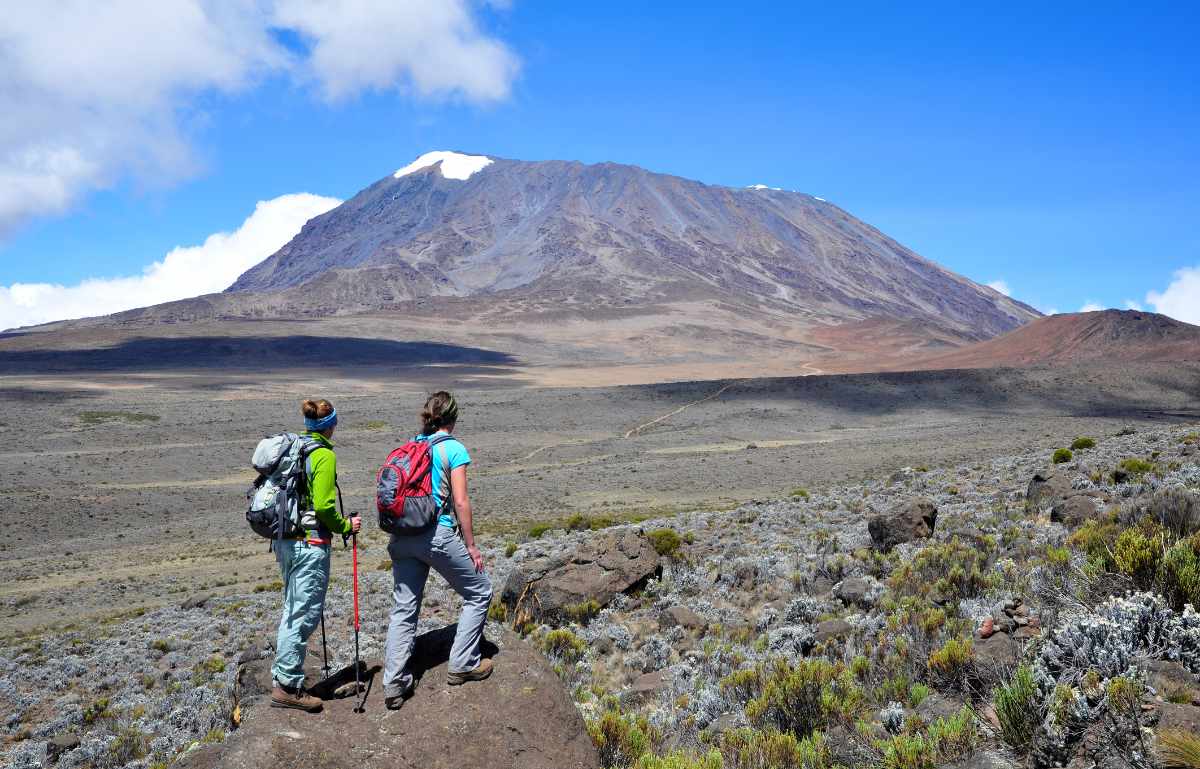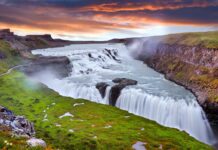Climbing Mount Kilimanjaro has been crowned the world’s premier adventure, in a recent survey. The mountain narrowly beat trekking to Machu Picchu and rafting the Grand Canyon to top the poll, commissioned by TV channel Dave in conjunction with explorer Steve Backshall’s show Expedition.
The highest peak in Africa, and tallest freestanding mountain in the world, Kilimanjaro is nicknamed “everyone’s Everest” because it’s famously doable for non-mountaineers.
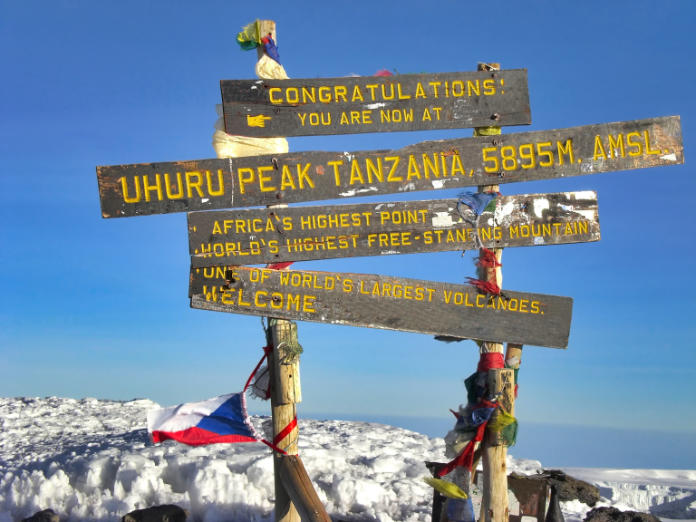
But that’s assuming you devote months of training, a budget in the thousands, and about half your annual leave to a hike so existentially brutal that less than half of all would-be climbers succeed.
6 mountains anyone can climb
Here’s a few mountains that are actually doable, and that, jet lag aside, you could realistically conquer this weekend.
1. Mt. Fuji, Japan
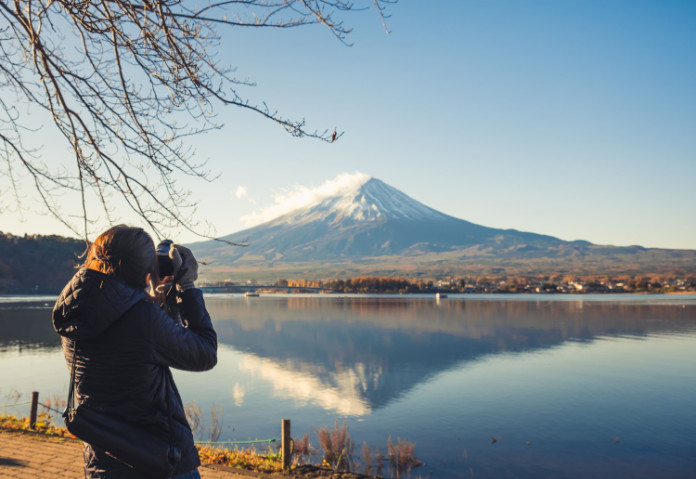
For the perfect balance of fame and climbability (not a technical term), look no further than Japan’s highest peak, Mt. Fuji.
A weirdly horizontal-looking mountain with smooth-sloping, symmetrical sides, Fuji is both a holy site and national symbol for the Japanese, and an ever-present on local postcards. Official climbing seasons runs from July to September, during which time marked trails, staffed mountain huts and the lack of snow make Fuji simple to conquer in a day.
Just remember to be respectful – it’s difficult to overestimate the importance of Fuji in Japanese culture, and you’ll never be alone on the slopes.
2. Vinicunca, Peru
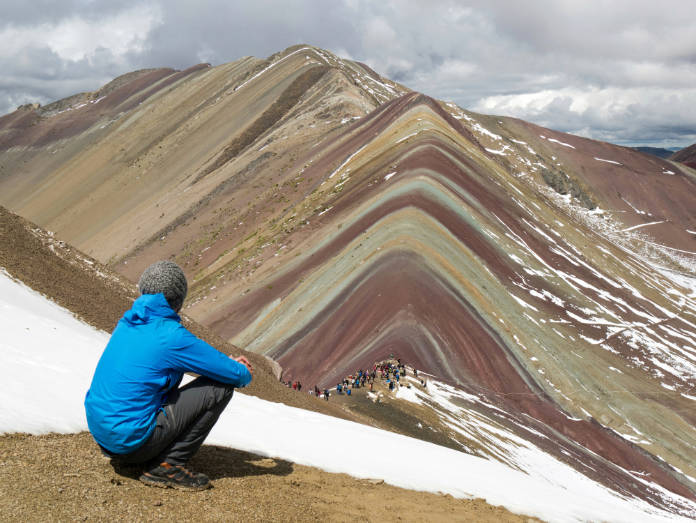
Widely known as the Rainbow Mountain (and you don’t have to be a genius to work out why), this geological marvel has spent the last few years becoming something of an Instagram star.
Long obscured beneath Andean ice and snow, the layers of mesmerising colour now draw tourists from across the world. Car park to summit is about seven kilometres – no picnic, but the relatively gentle incline offsets the distance, altitude (5,200 metres above sea level) and inevitable chill at that height.
As yet no alternative method of transport has been able to traverse the difficult, Andean terrain, so every traveller you meet will have earned their selfie fair and square.
3. Mauna Kea, Hawaii
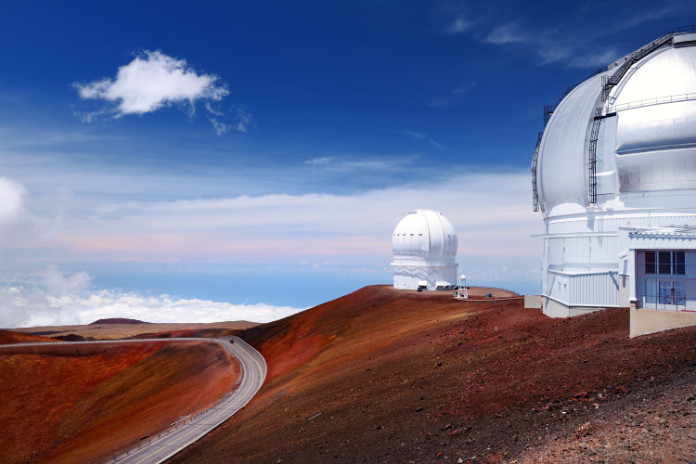
Scale the summit of Mauna Kea and you have officially climbed the tallest peak in the world. No, really – at 33,500 ft this Hawaiian giant make Everest look like a molehill, it’s just that much of its land mass is obscured beneath the sea…
The main trail climbs 1,400 metres in six miles, making up an estimated eight hour round trip. Barren to the point of being eerie, the dusty desert environment is entirely inhospitable to human life, so prepare thoroughly and never leave the trail.
Still a major source of scientific enquiry, the volcanic formations are monitored constantly by geologists, while the summit houses three futuristic, astronomical observatories. These otherworldly properties are protected by park rules and criminal law. Take only pictures, leave only footprints.
4. Snowdon, Wales
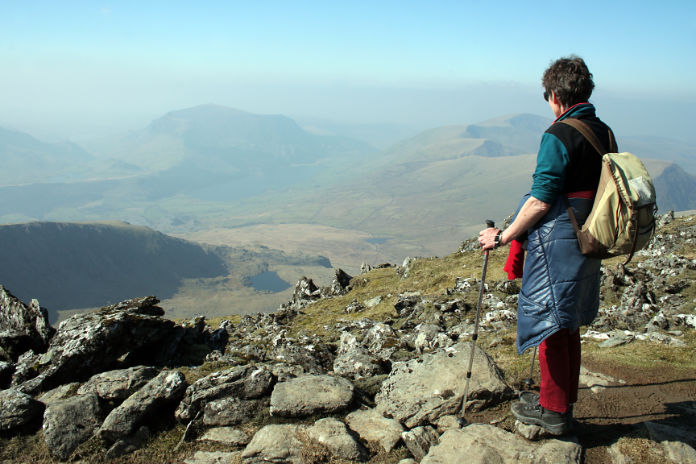
Probably the UK’s best known mountain, this 1,085 metre jewel of North Wales sees around half a million people a year attempt its strenuous – but not too strenuous – hiking trails.
The six paths all take about six hours round trip, and yield panoramic vistas befitting a mountain twice the size. The trek will test you but shouldn’t best you, and families with children regularly reach the summit.
Your main concern is weather. Even British mountains become very nasty very quickly when the skies start to darken, and if the weather turns, so should you.
5. Table Mountain, South Africa
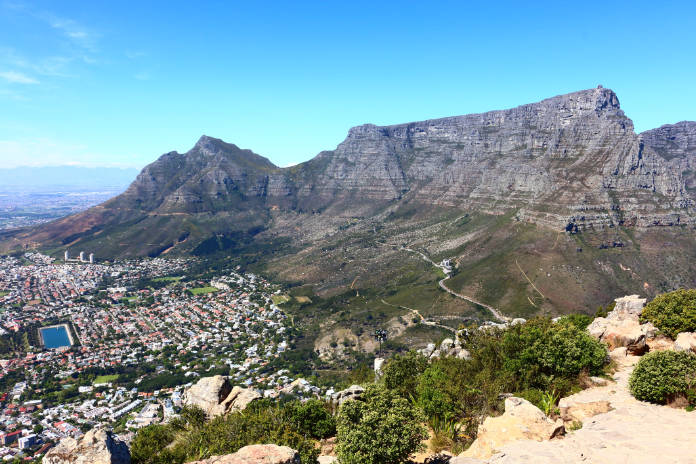
More often admired from afar than climbed, this giant of the Cape Town skyline is known the world over for its austere, brutal beauty.
It’s exactly the same height as Snowdon – 1,085 metres – though the ascent can be a little more challenging. The key is to do your research, as there are tens of routes ranging from easy to wildly dangerous. The most direct route is the Platteklip Gorge Trail – a mere 2km because it basically goes straight up.
Bring whole rucksacks of water and sunscreen, take as many breathers as you need, and if in doubt, look around. The path is regularly filled with families, people in socks and sandals, and tourists wielding selfie sticks.
6. Half Dome, California
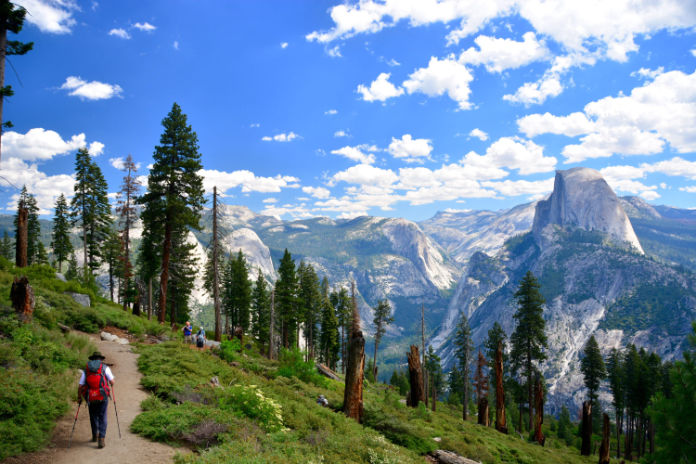
The most prestigious hike in America’s most prestigious national park – climbing Yosemite’s Half Dome is a rite of passage for outdoorsy Californians, and a challenging adventure for tourists.
Half Dome is as about as difficult as easy hikes get. It requires no technical skill, can be done in a day, and is one the most popular treks in the entire United States. On the other hand, it covers 17 miles, nearly 1,500 metres of elevation, and hikers are often cooked beneath the Californian sun.
Bring plenty of water, and mentally prepare yourself for the infamous ‘cables’ – metal cords that see visitors practically abseiling up a rock face right before reaching the top.
You may also be interested in…
Best-selling hiking backpacks
Stuck for inspiration? Check out our list of best-selling Amazon products!
No products found.
This article may include affiliate links to products and services where we may receive a small fee to support the running of this site if you make a purchase or is a sponsored article from one of our select editorial partners providing valuable advice and information to our readers.























































